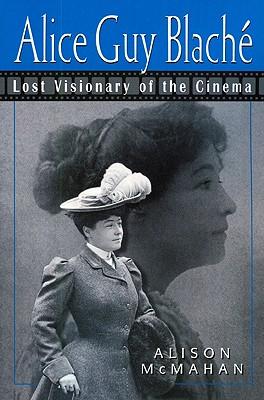Alice Guy BlachT (1873-1968), the world's first woman filmmaker, was one of the key figures in the development of narrative film. From 1896 to 1920 she directed 400 films (including over 100 synchronized sound films), produced hundreds more, and was the first--and so far the only--woman to own and run her own studio plant (The Solax Studio in Fort Lee, NJ, 1910-1914). However, her role in film history was completely forgotten until her own memoirs were published in 1976. This new book tells her life story and fills in many gaps left by the memoirs. Guy BlachT's life and career mirrored momentous changes in the film industry, and the long time-span and sheer volume of her output makes her films a fertile territory for the application of new theories of cinema history, the development of film narrative, and feminist film theory. The book provides a close analysis of the one hundred Guy BlachT films that survive, and in the process rewrites early cinema history.

Alice Guy BlachT (1873-1968), the world's first woman filmmaker, was one of the key figures in the development of narrative film. From 1896 to 1920 she directed 400 films (including over 100 synchronized sound films), produced hundreds more, and was the first--and so far the only--woman to own and run her own studio plant (The Solax Studio in Fort Lee, NJ, 1910-1914). However, her role in film history was completely forgotten until her own memoirs were published in 1976. This new book tells her life story and fills in many gaps left by the memoirs. Guy BlachT's life and career mirrored momentous changes in the film industry, and the long time-span and sheer volume of her output makes her films a fertile territory for the application of new theories of cinema history, the development of film narrative, and feminist film theory. The book provides a close analysis of the one hundred Guy BlachT films that survive, and in the process rewrites early cinema history.